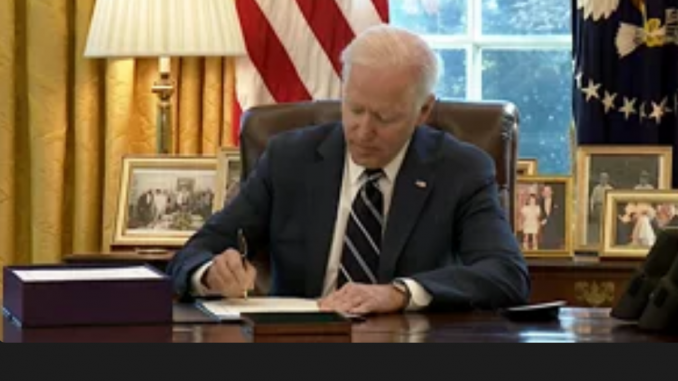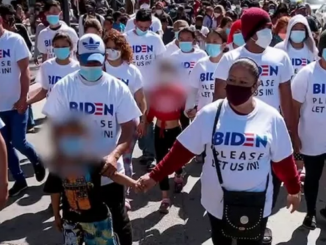
(The Center Square) – The Washington, D.C.-based Tax Foundation has calculated that about $2 billion worth of taxpayer money from the Democratic-passed American Rescue Plan Act is allocated to local governments that don’t exist or aren’t in financial distress.
The act is a $1.9 trillion spending plan that Biden and Democrats hailed as another COVID-19 stimulus package. It includes extended unemployment benefits, direct funding to states and municipalities, and $1,400 checks for most Americans.
But in an analysis, Jared Walczak, vice president of State Projects with the Center for State Tax Policy at the foundation, identified localities by state that have been allocated money that don’t qualify to receive funds. The bill has been widely criticized for funding pork barrel initiatives, independent watchdog groups like Open the Books and Truth in Accounting have reported.
ARPA allocated $173 million to the government of Hartford County, Connecticut, Walczak notes, but says, “There’s only one problem: the government of Hartford County doesn’t exist, nor do any of Connecticut’s other counties have county-level government despite being allocated a collective $691 million under the bill. There is no proper county government to receive, let alone spend, these funds.”
In Massachusetts, eight of 14 county governments “were dissolved since the 1990s, but they are still entitled to $942 million in aid, while the six ‘functional’ counties get another $395 million even though their budgets are quite small,” he notes.
In Vermont, county governments barely exist, he points out, but have very few responsibilities and no independent revenue authority. But these counties, “which have no functions on which this aid can be spent, receive a collective $121 million,” he says.
In total, ARPA allocates “nearly $2 billion to counties without governments or independent revenue streams,” excluding other calculations, like the case of New York City, for example.
In New York City, the city government receives $4.3 billion from ARPA, but its five constituent counties (coextensive with the five boroughs) will receive another $1.6 billion even though most spending is consolidated at the city level.
A waste of tax dollars could be greater since analysis of the funding allocation “cannot capture the diversity that exists across the U.S. in what is funded at the state level, at the county level, and at the city, town, borough, or township level,” he says. “Across the country, there is a wide diversity in the distribution of governmental authority. Which level of government pays for schools, roads, public safety, and other major expenditures varies, but by providing formula-driven aid directly to localities, ARPA cannot reflect these important differences.”
ARPA allocated funds to cities using the Community Development Block Grant formula, which was initially designed to assess low-income housing needs in urban areas, not actual coronavirus-related aid.
According to the bill, governments can only spend Fiscal Recovery Funds on four categories of eligible expenditures. It is unclear how counties that don’t exist or have the authority or infrastructure in place to accept or distribute the funds would be able to spend the money, or for taxpayers to know where the money actually goes.
The four criteria for spending the money includes responding to the public health emergency of the coronavirus and its negative economic consequences (similar to the purposes authorized under the $150 billion Coronavirus Relief Fund in the CARES Act); providing supplemental pay to essential workers; replacing lost revenue; and investing in necessary water, sewer and broadband projects.
Prior to ARPA, collectively, local revenue was already up by roughly $29 billion, or 4 percent, in 2020, Walczak notes, indicating some of these localities were not in need of federal funds.
Increased local revenue was largely due to increased property tax collections, Walczak says, yet ARPA “provides $130.2 billion to local governments, most of which have no losses to offset.”
Many of these localities will struggle to find eligible ways to spend the money “and will often wind up spending vast sums on relatively unimportant projects simply because they have no higher eligible use,” he says.
“In a few states, moreover, the federal government has allocated money to counties with no functioning governments at all. Several may have no entity even capable of certifying for the funds, but others may be able to do so despite having no conventional functions to spend it on.”
It remains unclear how the localities would return the money to the federal government if it goes unused.
*story by Fox 28 Spokane


